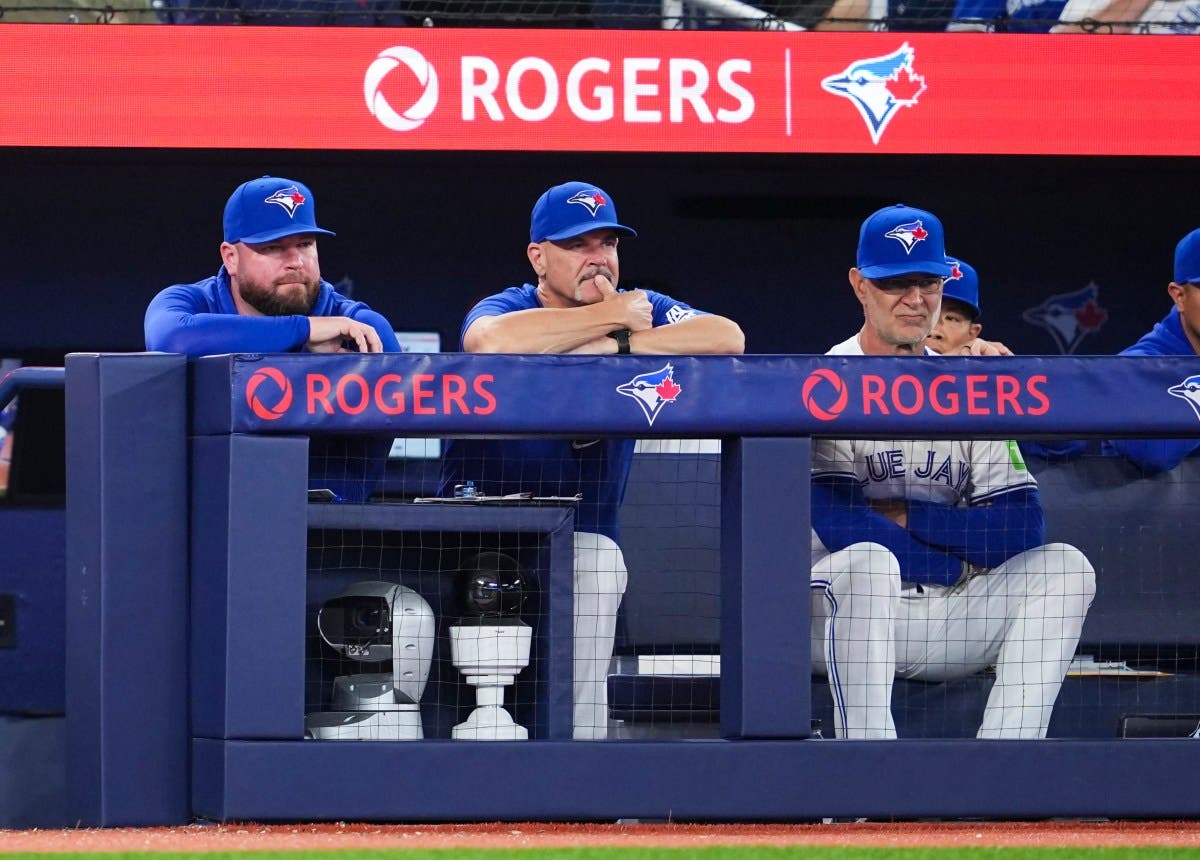Precisely because of Shohei Ohtani, the intentional walk has once again found itself in the crosshairs of baseball’s aspiring reformers. In light of how often the Los Angeles Dodgers’ two-way player has been deliberately put on base during the 2025 World Series, some are calling for Major League Baseball to abolish the intentional walk altogether — both as a strategy and a spectacle.
In essence, the argument stems from the perception that intentional walks are boring, anti-competitive, and a denial for fans of the chance to see the game’s best players — or more accurately in this instance, players — actually swing the bat. But removing the intentional walk would misunderstand its purpose entirely.
The intentional base on balls (IBB) may be ugly or underwhelming, but it is legitimately a tactical and psychological part of the sport’s fabric that deserves to stay right where it is.
### Ohtani Vs. The Math
For context, Ohtani has already been intentionally walked seven times in five games this World Series, an all-time record. The debate comes directly, and only, from that fact. It is hereby noted that the optics of an intentional walk are not great. Fans tuning in to see the most exciting hitter of his generation have instead watched an umpire simply point at a base.
Since the 2017 introduction of the automatic intentional walk — designed to speed the game up by eliminating the need to throw four balls — pitchers do not even have to suffer the indignity of lobbing four looping pitches to the catcher while everyone hopes none accidentally go over the plate. There was at least a small element of peril in the old way.
None of Ohtani’s free passes will be hung in the Louvre. It is not entertainment, in the traditional sense. But it is strategy — the kind of cold, risk-averse calculation that makes baseball a game of decisions rather than just highlight reels.
In a sport steeped in numbers and strategy, the intentional walk sits squarely at the intersection. When an opposing lineup features a player like Ohtani, who has already homered four times in the series and punishes even slight mistakes, walking him is not cowardice. It is simply math. Loving baseball surely involves loving math.
### The Outsider’s Perspective
Those who argue that intentional walks “ruin the game” tend to view baseball as a spectator product first and a strategic contest second. This is, of course, fair enough; the sport has a responsibility to engage its audience and would not exist without doing so.
But eliminating the intentional walk would flatten one of the few moments where a manager’s fingerprints remain visible. The intentional walk, like the double switch or the infield shift (rest in peace), is a statement of control: it reveals what a team fears most, what it values, and how it intends to navigate high-pressure situations.
More pertinently, there is another, less romantic reason to keep it. It works.
In the 2024 season, batters who were intentionally walked ended up scoring only 32% of the time — a lower rate than the MLB average for base runners overall, which is around 35%. The strategy has real, measurable value, particularly when used on human anomalies such as Ohtani.
Teams deploy it sparingly — just once every six games on average — because the calculus must be perfect.
Ohtani’s dominance does not make the intentional walk obsolete. Instead, it reaffirms why it exists. His plate discipline, power, and contact quality force opponents into corners they would rather not enter, whereafter the choice to automatically walk him serves not as an insult, but as an acknowledgment and defensive adaptation to a hitter who breaks normal rules.
The game has always evolved around its outliers — Barry Bonds, Ted Williams, and now Ohtani. The way to avoid the intentional walk is having a capable batter behind the “walkee” who does damage.
For all the quality in their lineup, the Dodgers have not had that in this series.
It is noted that it has been frustrating to watch a World Series turn into a procession of Ohtani passes. To the outsider — which we all are — his at-bats should be magnetic, not mathematical. But that frustration is part of the game’s emotional spectrum.
https://heavy.com/sports/mlb/los-angeles-dodgers/mlb-should-not-remove-the-intention-walk/



